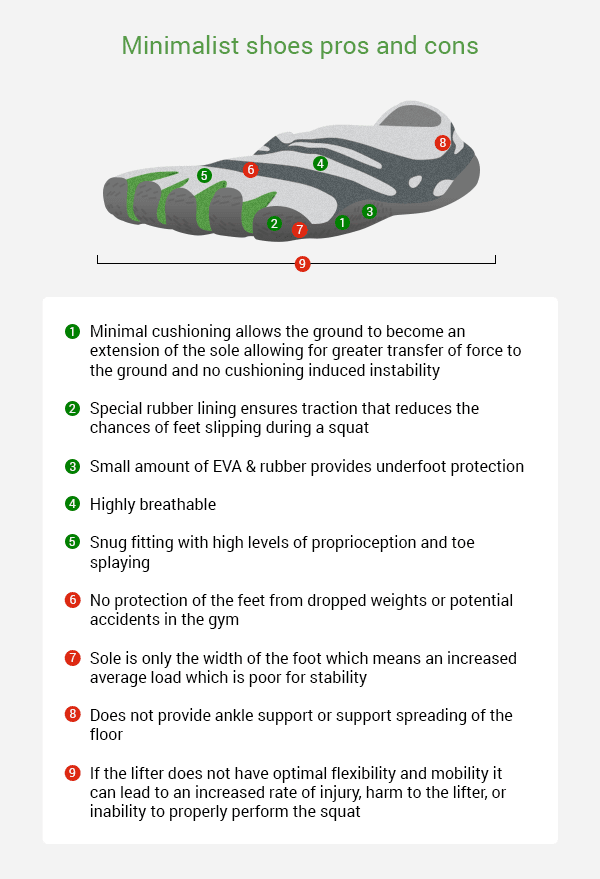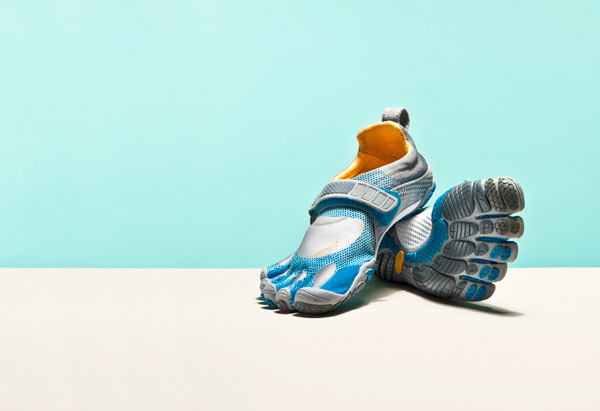Benefits and Drawbacks of Minimalist Footwear
Minimalist footwear has gained significant attention in recent years, primarily due to its purported health benefits and the growing trend towards barefoot-like experiences. These shoes are designed to mimic the natural movement of the foot, offering little to no support or cushioning. This design aims to encourage a more natural gait and potentially reduce the risk of injury. However, like any footwear, minimalist shoes come with their own set of pros and cons.

Pros of Minimalist Shoes
One of the primary benefits of minimalist shoes is their ability to strengthen foot muscles. According to a study published in the Journal of Foot and Ankle Research, individuals who switched to minimalist shoes experienced increased foot strength and flexibility. This is because the shoes require the foot to work harder, engaging muscles that are often underutilized in traditional footwear. Additionally, minimalist shoes can improve balance and proprioception, as they allow for a more natural foot position and movement.

Cons of Minimalist Shoes
Despite their benefits, minimalist shoes also come with potential drawbacks. One of the most significant concerns is the risk of injury, particularly for those who transition too quickly. The lack of support and cushioning can lead to stress fractures, plantar fasciitis, and other foot injuries if not adapted to gradually. Dr. Irene Davis, a renowned researcher in biomechanics, emphasizes the importance of a gradual transition when switching to minimalist shoes. She states, “It’s crucial to allow the body time to adapt to the new footwear to avoid potential injuries.”

Transitioning to Minimalist Shoes
Transitioning to minimalist shoes should be done gradually to minimize the risk of injury. This involves slowly increasing the amount of time spent in the shoes and reducing the distance and intensity of workouts. A study from the University of Virginia suggests that a six-month transition period is optimal for most individuals. During this time, the foot muscles and tendons can adapt to the new demands, reducing the likelihood of injury. It’s also important to listen to your body and seek professional advice if any discomfort or pain arises.

Conclusion
In conclusion, minimalist shoes offer a unique approach to footwear that can provide numerous benefits, such as improved foot strength and balance. However, they also carry potential risks, particularly if not approached with caution. Understanding the pros and cons of minimalist shoes is essential for making an informed decision about whether they are the right choice for you. As with any change in footwear, a gradual transition and careful monitoring of your body’s response are key to ensuring a positive experience.

